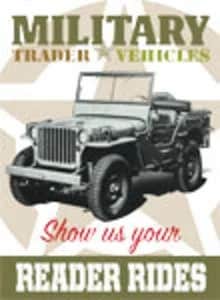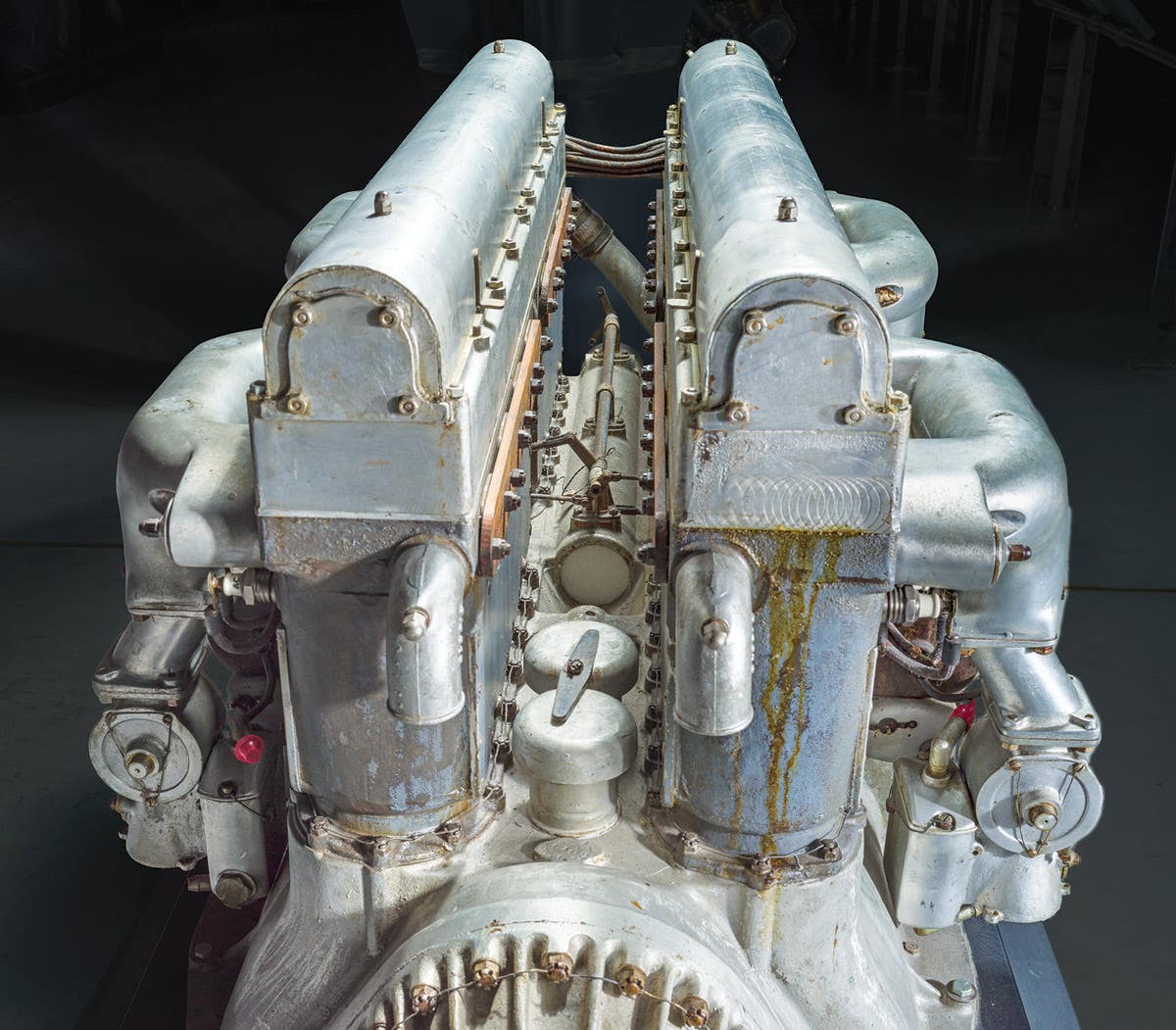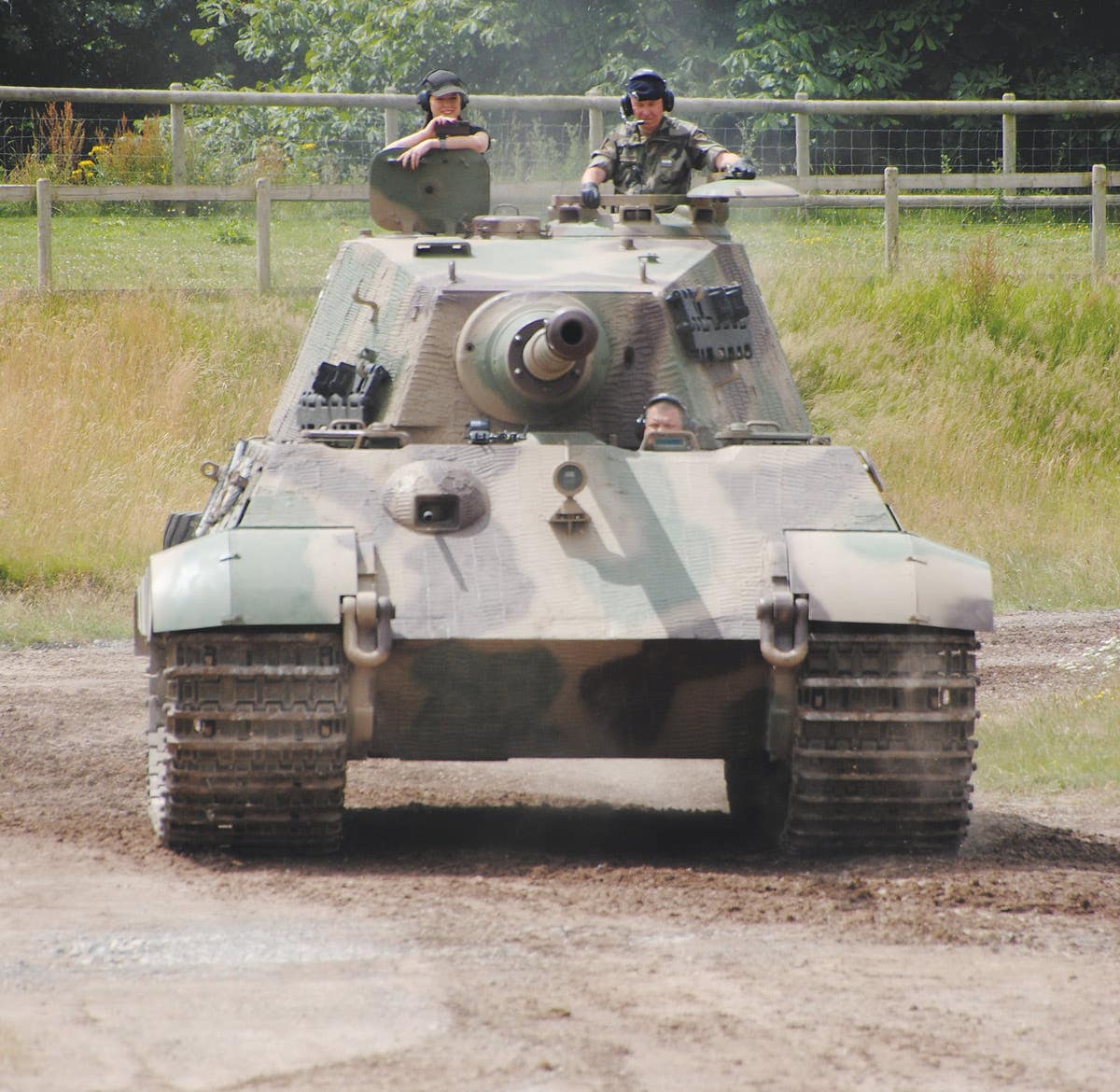The Dogs of War: Heroic canines have earned their place in military history
Throughout military history dogs have served by man’s side.
For some reason I recently found myself considering the famous play “Julius Caesar”, written by William Shakespeare which contains the line ‘…cry havoc and let slip the dogs of war...’. That line led me to think about the use of dogs in war.
We all know the expression about dogs being man’s best friend as a companion, but how about as his comrade in arms in time of war? Just how far back in history does our association with dogs in wartime extend? Well, it would appear that the relationship goes back thousands of years with references to a breed of dog known as the Laconian hound being made in ancient Greek history.
During the course of my research for various historical projects I have come across plenty of stories how dogs served in the military, either as mascots or as service dogs. For example, a 120-lb. Pyrenean mountain dog in service with the German Army was taken “prisoner” by Captain Cecil Thomas of the Hampshire Regiment on D-Day. It was given the name “Fritz” and went on to serve as the regimental mascot. Then there was “Bing”, a German shepherd-collie cross, which served with the 13th Battalion 6th Airborne Division and parachuted into Normandy during D-Day and served as a guard dog. I also discovered that General Montgomery had two pet dogs, a spaniel called “Rommel” and a wire haired fox terrier called “Hitler”. By coincidence, I too have a small wire haired fox terrier, called “Tuppence”, who occasionally accompanies me on some of my travels to historical sites.
A short time back Tuppence was with me when I made a trip to visit the Cornwall at War Museum near Davidstowe. It’s based on a former RAF airfield and has an incredible collection of artifacts and displays. One of the exhibitions covers the 1943 bombing mission “Operation Chastise”, undertaken by the British No 617 Squadron to destroy the great dams in the Ruhr. The operation was headed by wing commander Guy Gibson, who owned a black Labrador dog — the name of which was used as a code word during the mission. It was interesting to see a life-sized model of the dog featured. There are similar exhibits in other military museums, including the Tank Museum at Bovington in Dorset. Poor Bing is displayed at the Imperial War Museum at Duxford in Cambridge.
The First World War was the first industrial conflict to involve the use of dogs in specific roles, which included carrying messages across the battlefield and medical supplies to the wounded in the front line. Even the 26th Division of the American Expeditionary Force was accompanied by “Stubby”, a Boston Bull Terrier, when the unit was sent to France. During World War II, not only was the use of dogs repeated, but their duty was expanded to serve in all theaters of operations with roles that included parachuting and helping lay cables for field telephones. Some dogs became almost as well known as their owners, such as “Willie”, a bull terrier, who went virtually everywhere with General Patton.
In other, more recent conflicts, such as Vietnam, Korea and Iraq and Afghanistan, dogs were used to search for mines and hidden caches of weapons. I remember from my time in the British Army in the early 1970s, when there was a lot of terrorist activity in mainland Britain, with airports in particular being identified as vulnerable targets. At regular intervals units from my battalion were deployed to Heathrow Airport to conduct security patrols around the perimeter and inside the departure and arrivals terminals. We worked together with dog handlers from both the Metropolitan Police and the Corps of Royal Military Police. Seeing these highly trained animals working was very impressive and to the general public passing through the airport their presence must have been reassuring.
After leaving the Army to become a defense journalist and later a historian, my career path has often led me into some unusual contact with dogs. Part of my work involves photographing re-enactors, some of whom are dog owners that have involved their dogs in displays. By their nature, dogs are great photographic subjects, and when put into a historical setting and used in a re-enactment display the effect is often brilliant. I have seen dogs used in depictions of search patrols in Vietnam and even with the USMC recreating a scenario during the Pacific War.
By far my most unusual experience involved a lady who recreated the anti-tank dog as developed by the Soviet Army during WWII. These were dogs fitted with explosive charges on their backs and trained to go under German tanks, where the device was detonated when a “tilt” switch was activated on contact with the underside of the tank. The Soviets used perhaps as many as 40,000 dogs between 1941 and 1942, before the program was terminated due to problems in training the dogs.
These days, vehicle owners sometimes take their dogs along to weekend shows, where the canines appear to enjoy sitting in the vehicles during mobility displays. Collectors of militaria are not to be left out in the appreciation of dogs and there are many opportunities to pick up items connected with dogs in military service. Photographs and postcards are the most obvious and readily available items to collectors and are relatively inexpensive. Personally, I have built up a good collection of photographs and postcards showing dogs in military service. I also collect wartime stories involving dogs, such as “Judy”, the ship’s mascot on HMS Grasshopper, who survived conditions in a Japanese POW camp. Different artifacts connected to dogs sometimes come up for sale,such, as collars and, more rare, wartime respirators to protect them against gas. Special awards and presentations have been made to dogs in military service and these can attract a lot of interest among specialist collectors.
The real prize for many would be to obtain an example of the Dickin Medal, also known as the “Animals’ Victoria Cross”. The honor was established in 1943 by Maria Elisabeth Dickin, an animal welfare pioneer who founded the Peoples’ Dispensary for Sick Animals (PDSA) in 1917. The Dicken Medal is a bronze medallion that bears the motto “For Gallantry” under which appears the motto “We Also Serve”. It has been awarded to 38 dogs since it was created. Bing was a recipient, being presented in 1947, as was “Ricky”, who searched for mines before he was wounded. Another so-called “para-dog” was “Rob” who served with the SAS in Italy and completed 20 parachute jumps. His Dickin Medal came up for auction in October 2022 and brought £140,000 ($187,000+). Obviously, like the Victoria Cross awarded to military personnel, this puts it outside the reach of ordinary collector. The last dog to be awarded the Dickin Medal was “Bass”’ a Belgian Malinois, for actions with the U.S. Marine Special Operation Command in Afghanistan in 2019.
If a collector interested in canine militaria wants a Dickin Medal they can always settle for a replica. Good copies are available online for a few dollars. No doubt there will be more canine recipients of the medal in future conflicts and just collecting their stories is a fascinating endeavor.
My personal favorite story concerning a dog in military service dates back to WWI. At a German Army training camp, recruits were being instructed in the use of hand grenades, which in this case involved an explosive charge fitted to a wooden handle (aka the “stick grenade”). An instructor had his dog with him during the demonstration that, like many other dogs, loved to chase and retrieve sticks. The recruits, having thrown their grenades, watched in disbelief as the instructor’s dog ran down the range, picked up a grenade and ran back to its owner. Fortunately, it was a dummy practice grenade, but some hearts must have been pumping that day. The sighs of relief would have been deafening.
Meanwhile, I will continue to enjoy Tuppence’s company on my visits to castles and walks around battlefields, where I know there are no hand grenades.








